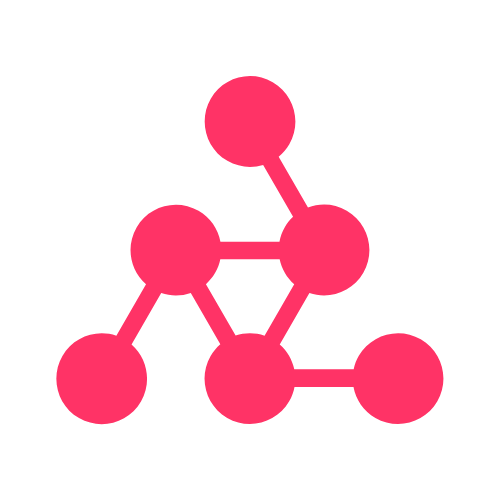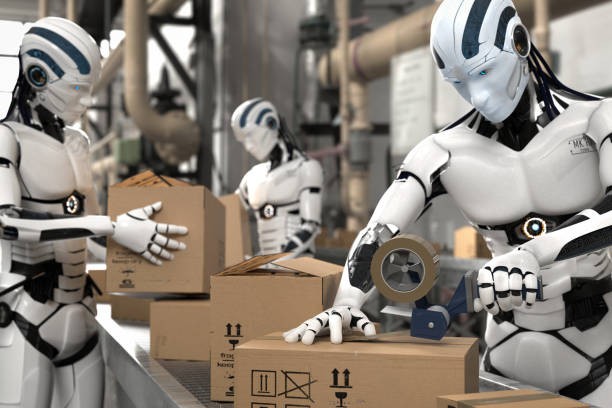The modern workplace is undergoing one of the biggest transformations in history. Robotics, once limited to manufacturing plants and assembly lines, has now moved into offices, hospitals, warehouses, farms, and even homes. As automation and intelligent machines continue to evolve, the line between human and robotic work is blurring, reshaping the way we think about employment, productivity, and innovation.
In 2025 and beyond, robotics is not just about replacing human labor it’s about redefining how we work, what jobs look like, and how humans and machines can collaborate to build a smarter, more efficient future.
Table of Contents
The Rise of Intelligent Robotics
Robotics has evolved far beyond simple programmed machines. The new generation of robots is powered by artificial intelligence, computer vision, and machine learning. These technologies allow robots to not only perform repetitive tasks but also to learn, adapt, and make decisions based on their environment.
From autonomous drones managing deliveries to collaborative robots (“cobots”) working alongside human employees in factories, the capabilities of modern robotics are expanding rapidly. According to recent studies, the global robotics industry is expected to reach over $200 billion by 2030, driven by advancements in AI, 5G connectivity, and edge computing.
Robots are no longer confined to industrial zones they are entering offices, customer service roles, healthcare environments, and even agriculture. This shift is changing how industries operate, reducing human error, and improving precision and productivity.
Transforming Industries Through Automation
Robotics is already revolutionizing several key industries.
1. Manufacturing:
Factories have been early adopters of robotics for decades, but the modern smart factory takes automation to a new level. Robots can now self-optimize production lines, predict maintenance issues before they occur, and coordinate with human workers through AI-based systems. This leads to faster production, reduced waste, and improved quality control.
2. Healthcare:
In healthcare, surgical robots assist doctors in performing minimally invasive procedures with unmatched accuracy. Robots are also used in hospitals for disinfection, drug delivery, and elderly care. AI-powered robotic assistants can monitor patient health, remind them to take medication, and provide emotional support.
3. Agriculture:
Farm robots, or “agribots,” are transforming farming by automating planting, harvesting, and crop monitoring. Equipped with sensors and AI, these robots help farmers make data-driven decisions, increasing crop yields and sustainability.
4. Logistics and Retail:
Robots manage warehouse operations, handle packaging, and optimize delivery routes. In retail, customer service robots guide shoppers, restock shelves, and process orders. With e-commerce expanding rapidly, robotic systems have become essential to handling massive order volumes efficiently.
5. Construction:
Robotic arms and autonomous machinery are now being used to lay bricks, 3D print houses, and inspect structures. These innovations improve safety, reduce manual labor, and speed up project timelines.
Human-Robot Collaboration
One of the most important shifts in the future of work is the emergence of collaborative robotics. Instead of replacing human workers, cobots are designed to work alongside them.
Cobots take on tasks that are dangerous, repetitive, or physically demanding, allowing humans to focus on creativity, problem-solving, and strategic thinking. For example, in manufacturing, a cobot might handle heavy lifting while a technician oversees quality control.
This partnership enhances overall productivity and worker safety while also creating new hybrid roles positions that blend technical expertise with human creativity and emotional intelligence.
The Future Workforce: Reskilling and Adaptation
While robotics promises increased efficiency, it also brings challenges particularly in terms of employment. Automation is expected to eliminate some traditional jobs but also create entirely new ones.
According to the World Economic Forum, by 2030, nearly 85 million jobs may be displaced, but 97 million new roles will emerge that require advanced digital and technical skills.
This shift emphasizes the need for reskilling and lifelong learning. Workers must adapt by learning to manage, program, and maintain robotic systems. Education systems are also evolving to prepare students for a future where technical literacy is essential in every profession.
New job titles are already appearing such as robot technician, automation ethicist, and AI systems supervisor showcasing how the future of work will blend human oversight with robotic precision.
Ethical and Economic Considerations
As robotics becomes more integrated into the workplace, questions about ethics, fairness, and inclusivity arise. How do we ensure that automation doesn’t widen inequality? How can we maintain human dignity in a world of intelligent machines?
Governments and corporations must establish frameworks to promote responsible automation ensuring fair job transitions, equitable opportunities, and ethical data use. Transparency in decision-making and accountability for AI-driven actions will be key in maintaining trust in this new era of digital labor.
Economically, robotics may initially disrupt traditional sectors, but it will also drive growth by increasing global productivity, reducing costs, and opening new markets. Nations that invest in robotics education and infrastructure today will likely lead the innovation race tomorrow.
The Human Advantage
Despite the rise of robotics, humans remain irreplaceable. Emotional intelligence, creativity, empathy, and moral judgment are uniquely human qualities that no machine can fully replicate. The most successful workplaces of the future will not be fully automated but human-centered, where technology empowers rather than replaces people.
By combining human intuition with robotic efficiency, industries can achieve unprecedented progress while preserving what makes us human.
Conclusion
Robotics is not the end of human work it’s the beginning of a new era of collaboration, creativity, and innovation. As robots handle routine tasks, humans gain more time to think, create, and solve complex problems.
The future of work is not about humans versus machines; it’s about humans working with machines. The organizations that embrace this balance will thrive in the years ahead. Also Check Understanding the Metaverse – New Free Gaming World 2025







1 thought on “How Robotics Is Redefining the Work – Ultimate Guide – 2025”